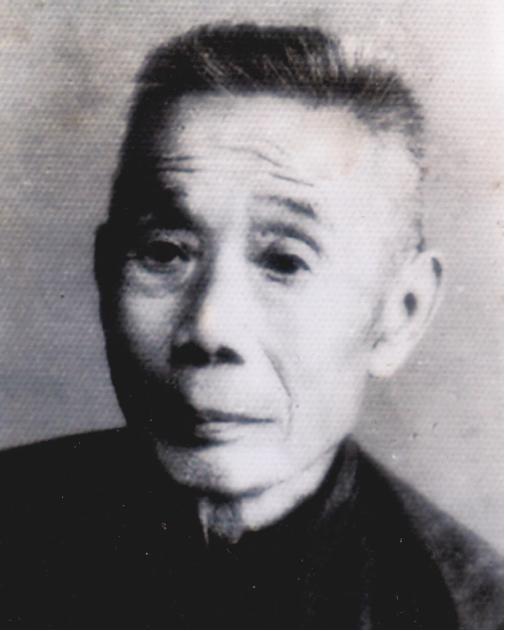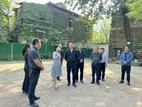Founded by its first preacher, Cai Zhenxun, and other believers in 1926, the Zengcuoan Church sits in the center of Zengcuoan Village, Xiamen, Fujian Province. The current church was reconstructed in 2008.
Cai was born into a poor village in Hui'an County, Quanzhou, Fujian, in 1874. Christianity was introduced into Hui'an in 1865. Cai's father, the only Christian in a village with less than 100 households, sent him to study in a western mission. In 1896, the contradiction between a Protestant pastor and a Catholic priest in Hui'an led to an armed fight including burning each other's churches and injuring and killing followers. Affected by the chaotic situation, Cai left his hometown to make a living in other cities with his three younger brothers. During his short stay in Zhangzhou, he studied herbal medicine, reorganized medical books, and treated patients.
In 1915, he married a rural Christian woman. They had four daughters, but unfortunately his wife and the third eldest daughter died of a brain disease. He remarried and moved into a house that became the first church gathering in Zengcuoan.
He often preached, taught people to sing hymns, and chatted with locals. The number of people who listened to his preaching increased with each passing day. Apart from church ministries he was good at calligraphy. He was also a private teacher of a local national capitalist's son.
As the congregation reached about 100, his house's hall could not accommodate them all. He guided the members to collect funds to purchase around two mu (0.32 acres) of land and build a chapel that was completed in 1926. A large bell with a diameter of approximately one meter and weighing more than 150 kilograms was purchased from Singapore andhung at the top of the bell tower. When the bell rung, the sound carried through the entire village. Shortly after the communist revolution, the bell was temporarily used as an alarm bell in the frontline against Taiwan. However, it was lost during the Cultural Revolution. A new gospel bell was recast in 2013 and is tolled for Sunday services and Christian festivals.
During World War II, Cai often organized church volunteers to cook and wash clothes for the Kuomintang soldiers against the Japanese army. After the Japanese army landed on Xiamen in May 1938 and slaughtered villagers, he fled to Anxi County with his second wife and daughters and lived there for less than one year. Then they settled in Pinghe County where he worked as a preacher in local churches. He often exhorted the congregation with 2 Timothy 3:17: "so that the man of God may be thoroughly equipped for every good work."
In June 1939, when Chaozhou was occupied by the enemy, many refugees flooded into Pinghe County. Cai adopted a three-year-old girl whose father was from Chaozhou.
In 1948, the congregation in Wenfeng Town of Pinghe decreased day by day. At over 70, the family of Cai left Pinghe to work in a church in Longhai, financially supported by their children and the local national capitalist. Cai passed away in Shima Town, Longhai, on March 19, 1968, aged 94. His body was buried in a local mountain, and moved into a public cemetery in Xiamen in 1993.
- Translated by Karen Luo












